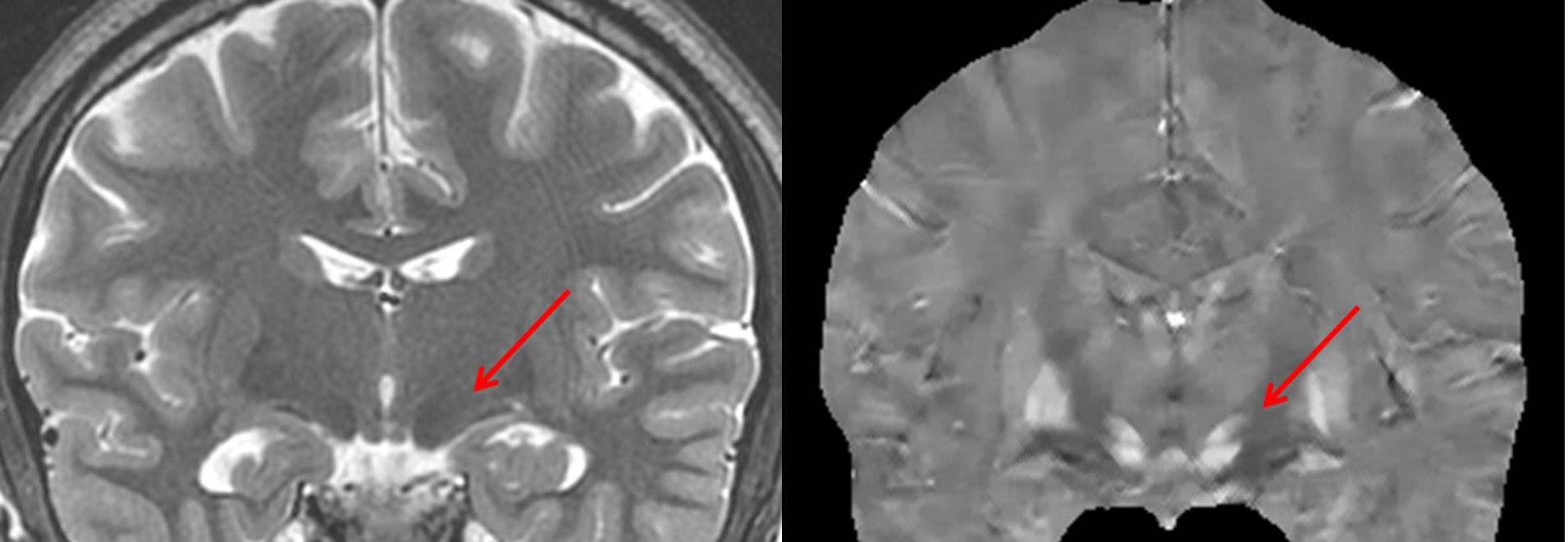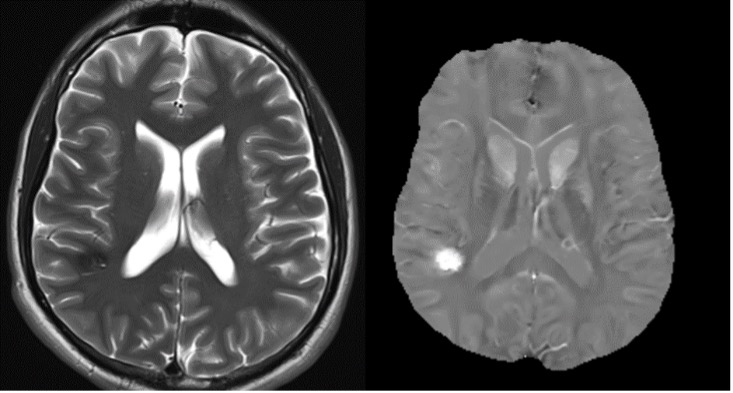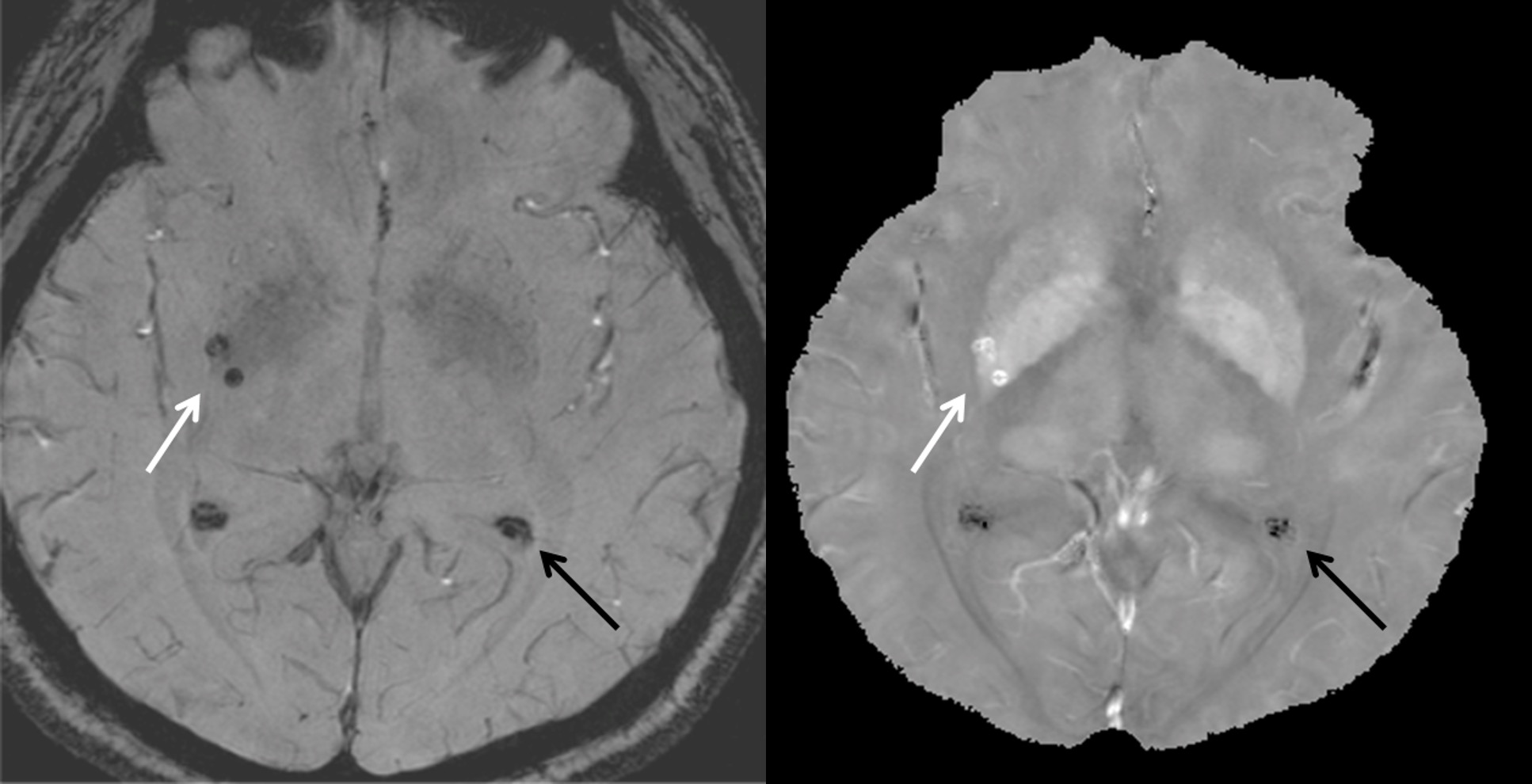FDA 510(k) cleared.
QSMetric™ processes gradient echo images of the brain, and when used in combination with other clinical information, aids the qualified physicians in visualizing tissue structures with magnetic susceptibility contrasts and measuring their susceptibility values.
How are clinicians using QSMetric™ in their practices
Our QSMetric™ product is cleared for use under a tool-type indication as stated above. However, physicians are using this product in their clinical practices on a daily basis as supported by studies published in the peer-reviewed medical literature. Here are a few examples of how QSMetric™ is benefiting clinicians and their patients.





